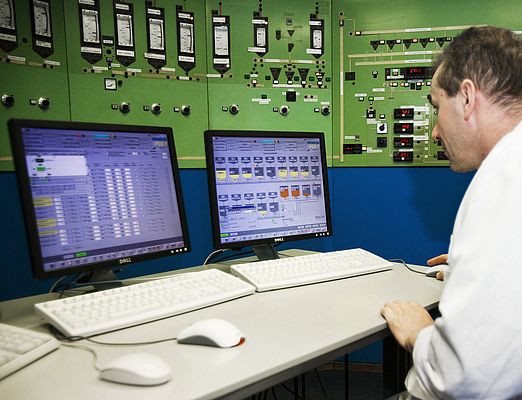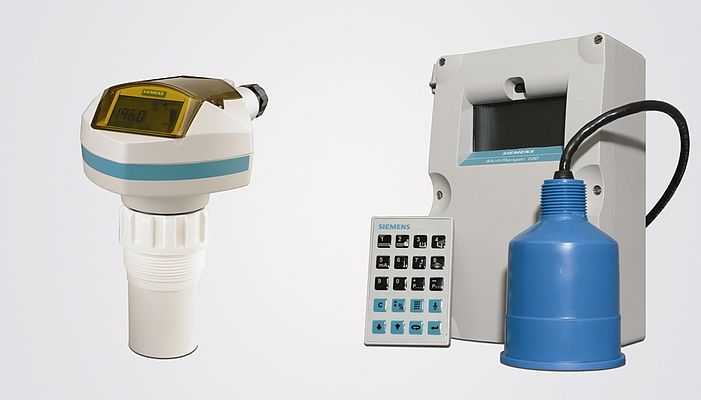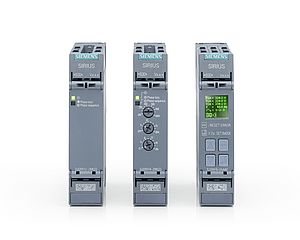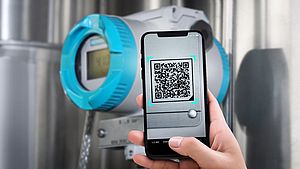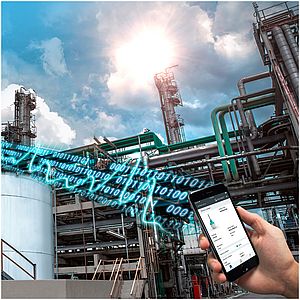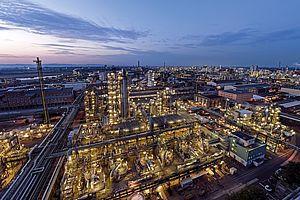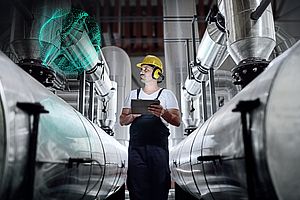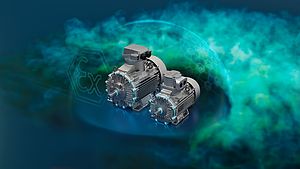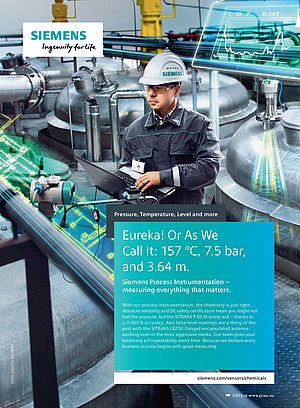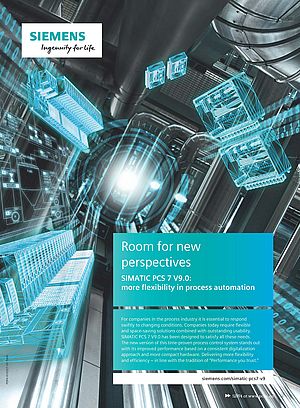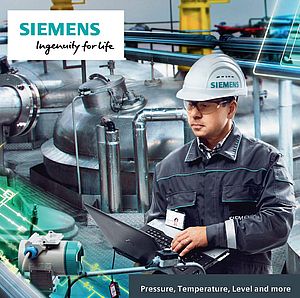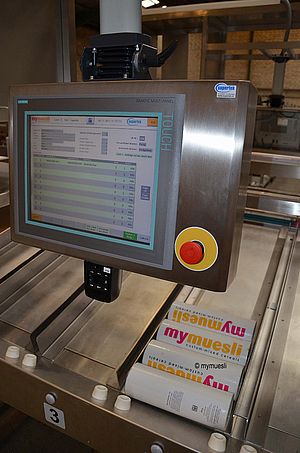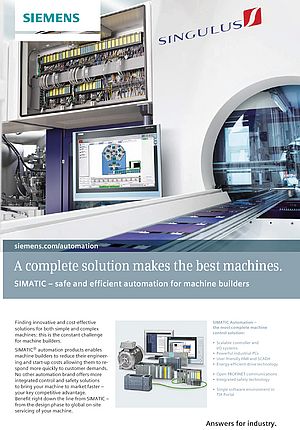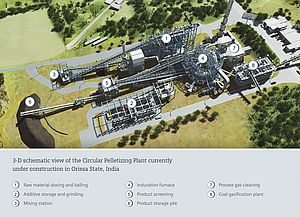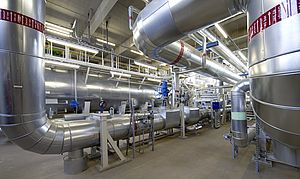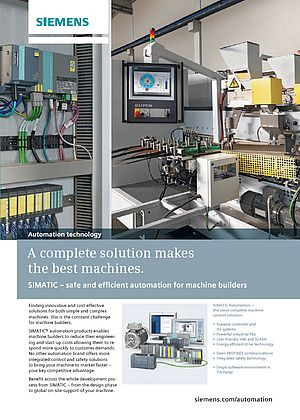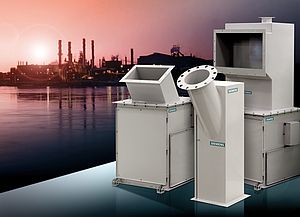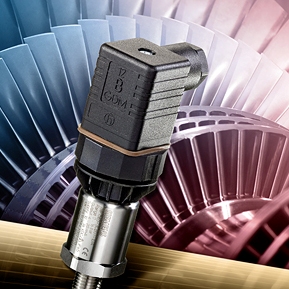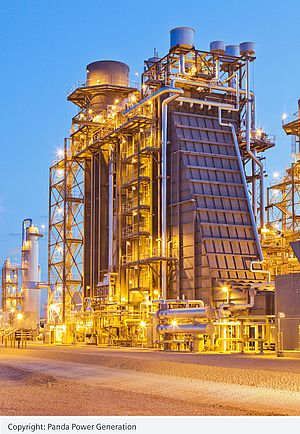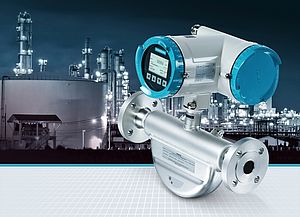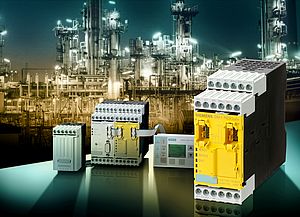Monitoring production processes by installing a wide range of sensors including flow, level, temperature, and pressure is common and crucial to be competitive. How can ultrasonic sensor technology help to increase the efficiency of processing plants?
In today’s competitive business environment, which focuses on increased throughput, economies of scale and a healthy bottom line, accurate and reliable measurement is a key component. Monitoring production processes by installing a wide range of sensors including flow, level, temperature, and pressure is common and crucial to be competitive. Although there are many reasons why plant managers decide to install monitoring devices in their factories, environmental and regulatory reasons dominate one side of the spectrum, whereas quality, process control and monitoring govern the other. And if that’s not enough, a decision has to be made as to which sensor technology will best meet these divergent needs.
A plant can apply several sensor technologies to conform to external requirements to provide accurate numbers for wastewater, effluent and sewage discharge, as well as meet internal criteria for monitoring the use of ingredients, keeping track of stored additives or maintaining a consistent quality.
Ultrasonic technology has many applications in a processing plant. It is praised for its versatility, accuracy, and reliability. There is, however, a risk of incorrect application: understanding the technology is critical for achieving measurement objectives. Measuring and controlling the level and flow of materials helps control processes. Simply put, with flow measurement, you know how much material is going from A to B, and with level measurement, you know how much material is at a given location.
Choosing the best technology to measure any application depends on many factors. These can include: characteristics of the material to be measured, properties of the container, environmental conditions, as well as customer needs regarding cost, maintenance, and accuracy.
Ultrasonic technology basics
Sound can be used as a measurement tool because there is a measurable time lapse between sound generation and the sound being ‘heard’. By monitoring this time difference, and interpreting the data, it can be converted into useful information. To perform this task, three components are required: a transducer and a transmitter, or processor, and a medium to carry the sound. The processor is required to calculate the time lapse between the transmitted and the received signal, since this difference is directly proportional to either distance or speed.
Factors affecting ultrasonic measurement
Environmental factors influence the measured medium and have to be taken into account. Two of the most common factors are temperature and pressure.
Temperature changes affect the velocity of sound, and the variations in temperature require compensation to calculate accurate measurement. If the temperature of the medium is uniform, then compensation is achieved and an accurate measurement can be made. Some modern flow and most level meters come with integrated or stand-alone temperature sensors that compensate any temperature change.
The effect of pressure on the measurement is different for level and flow. In level measurement, the sound pulse is generally transmitted through air, or air with dust and vapors. Air is close to an ideal gas. Sound velocity is dependent on the ratio of gas pressure to gas density. Boyles' Law for ideal gases states that ideal gases, being compressible, change their density in direct proportion to the pressure, therefore the net effect of pressure changes on sound velocity is negligible.
Ultrasonic flow measurement is a different story, as the transmission medium is typically a liquid or a gas. Even the slightest change in pressure will affect sound velocity. In addition to temperature compensation, flow meters also incorporate various formulas to calculate and account for changes in pressure.
Signal attenuation is another factor that affects ultrasonic measurement. In flow measurement, the signal can be weakened when the measured medium is highly absorbent to sound because of its density. In these applications, it is essential to select the right impedance and frequency in order to transfer as much power as possible from the transducer into the material.
For level applications, high concentrations of dust, humidity, and steam present a similar challenge. A more powerful transducer is generally the answer to address these types of applications.
Another factor is the location of the transducer. For level measurement, it is important that nothing obstructs the sound signal path; a transducer must be able to “see” the material being measured. This same basic requirement applies to flow. Before mounting the transducers on the pipe, all external scale, rust, loose paint, and other interfering factors need to be removed, and pipe seams, for instance, need to be avoided to provide an obstruction-free path for the ultrasonic signal.
Ultrasonic instrumentation
As mentioned, ultrasonic level and flow measurement instrumentation requires three components, one to generate the sound and receive the signal (transducer), one to interpret the data (the transmitter or processor), and a medium to propagate the sound.
The level transducer
Today’s level measurement transducers are constructed with advanced material compounds for use in a wide range of applications. In ultrasonic level measurement, only one transducer is required. When measuring, the transducer first acts as a transmitter by firing a burst of noise into the air, which travels to the target and is reflected back. The transducer then acts as a receiver and converts the sonic energy back into an electrical signal, as described earlier. Some level devices come with the transducer and processor or transmitter in one device. This makes installation easy and requires minimal space (Figure 1).
The flow transducer
The flow transducer differs from the level transducer in two distinct areas: flow measurement requires the use of two transducers and the ultrasonic signal, or beam, should be as wide as possible. This principle is very aptly referred to as wide beam ultrasonic flow measurement.
Wide beam technology uses the resonant frequency of the pipe wall to achieve a strong ultrasonic signal. When installed, the transducers broadcast signals with varying frequencies. The aim is to find the frequency that best matches the pipe wall. When found, the signal is transmitted into the flowing media with the wall of the pipe acting as a waveguide. This method allows a low transmit voltage of approximately +/- 15 volts to be used – and produces a focused, coherent signal that covers a large axial area (Figure 3). Because this technology makes use of a wide beam, it is more resilient to aeration and suspended solids that may exist in the fluid.
The processor
Early ultrasonic processors were discrete analog circuits that evaluated a signal level as it returned and the receiver looked for any signal above a set threshold. Once a signal of sufficient amplitude was detected, the distance was calculated and the output was generated. Unfortunately, the analog signal processors were unable to differentiate between real but erroneous returns and the true signal in difficult applications.
Although microprocessor-based systems transmit signals the same way, there is one significant difference: the received analog signal is digitized and stored as a profile. The processor analyzes the profile using software algorithms, extracts one signal from the profile as the most probable to be the target signal and then converts the time differential between the transmitted and received signal into usable information. The microprocessor does this by applying software filtering techniques that remove unwanted noise from the signal profile, including electrical noise commonly present in an industrial environment, from variable speed motor drives, for example. This process significantly improves the data and hence, the accuracy, reliability, and overall performance of the ultrasonic device (Figure 4).
Analyzing the application
As mentioned earlier, to obtain a reliable signal in flow and level measurement, analyzing an application is most important. Specific factors need to be evaluated, no matter what the application involves. Start by obtaining data about the material being measured, including the type, temperature, and any related characteristics. Then, evaluate what type of measurement is required; level, volume, or flow. Determine the dimensions and shape of the tank or pipe, and make sure you know the details about process connections, internal obstructions and other considerations.
When selecting a transducer, the most important criteria are the application’s range and the surrounding environment. Make sure that environmental conditions are taken into consideration when choosing the transducer, and ensure that it is suitable and rated for those conditions. Considerations include whether the device is located inside a building in a controlled climate or outdoors in harsh weather conditions; if the transducers are subject to blazing sun or extreme temperature fluctuations; whether the device monitors any corrosive materials; and if there are any vapors, foam, aeration or suspended solids present. Under all circumstances, it is crucial to ensure that the transducer is compatible with the material being measured, to investigate whether or not hazardous area approvals are required, and to evaluate if signal attenuation is going to be an issue.
Major benefit is versatility
There are many factors that need to be taken into account when assessing which measurement technology is the right one for a given application. External as well as internal factors should all be taken into account before making an educated choice. Ultrasonic technology is versatile, for use in many applications in a processing plant. Advanced ultrasonic processors integrated with the plant control system allow operators to remotely manage pumps and other aspects of plant operation from the comfort of a central control room. Ultrasonic flow and level instrumentation offer a reliable technology that has proven itself over decades. Understanding ultrasonic technology and understanding the right fit for the application is key to successful use of this cost-effective measurement technology.


